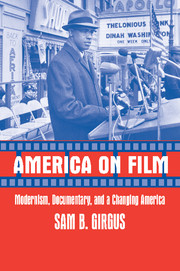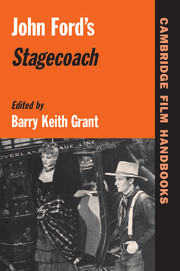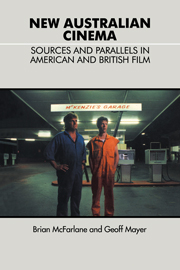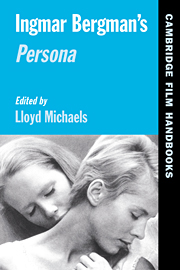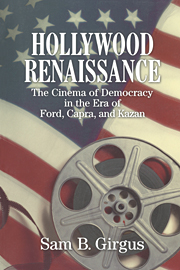America on Film
This study examines a selection of films made in the last quarter of the twentieth century in an effort to trace how the notion of "American" has changed drastically from that portrayed in American cinema up to the 1950s. In works such as Mississippi Masala, Lone Star, Malcolm X, Raging Bull, When We Were Kings and Bugsy Sam Girgus finds a new and ethnically varied array of characters that embody American values, ideals and conflicts. He charts these changes through analysis of cinematic tensions between fiction, documentary and modernism.
- American culture in film
- Contemporary American film
- Fiction vs. documentary in film
Reviews & endorsements
"A useful text for anyone interested in understanding how American cinema both produces and reflects stories and images about national ideologies and identities." American Studies
Product details
December 2002Hardback
9780521810920
240 pages
229 × 152 × 14 mm
0.49kg
9 b/w illus.
Available
Table of Contents
- Part I. Embodying a New Race for America: The Question of American Hope in Mississippi Masala and Lone Star:
- 1. Mississippi Masala: merging ethnic and racial images
- 2. Lone Star: an archeology of American culture and the American psyche
- Part II. Great Fights for the Century:
- 3. Raging Bull: revisioning the body, soul and cinema
- 4. The black gladiator and the Spartacus syndrome: race, redemption, and the ring
- Part III. The Image and the Word: Literature and Film:
- 5. 'Fresh starts': Bugsy, The Great Gatsby, and the American dream
- 6. Imaging masochism and the politics of pain: 'facing' the word in the cinetext of Seize the Day
- Part IV. Documentary and Fiction:
- 7. Documenting the body in Modern Times: Love, play, and repression in Chaplin's silent classic
- 8. Spike Lee, Denzel Washington, and the rebirth of Malcolm X: cinetext for a black American dream.

